Your car battery is essential to the vehicle’s electrical system, providing the power to start the engine and operate various components. However, it won’t last forever and will weaken or fail over time. Still, what are the signs I need a new car battery? To answer this question, here is what you are looking for.
8 Signs Of A Car Battery Needs To Be Replaced?
Below are some subtle signs informing you that it’s time to change your bad battery.
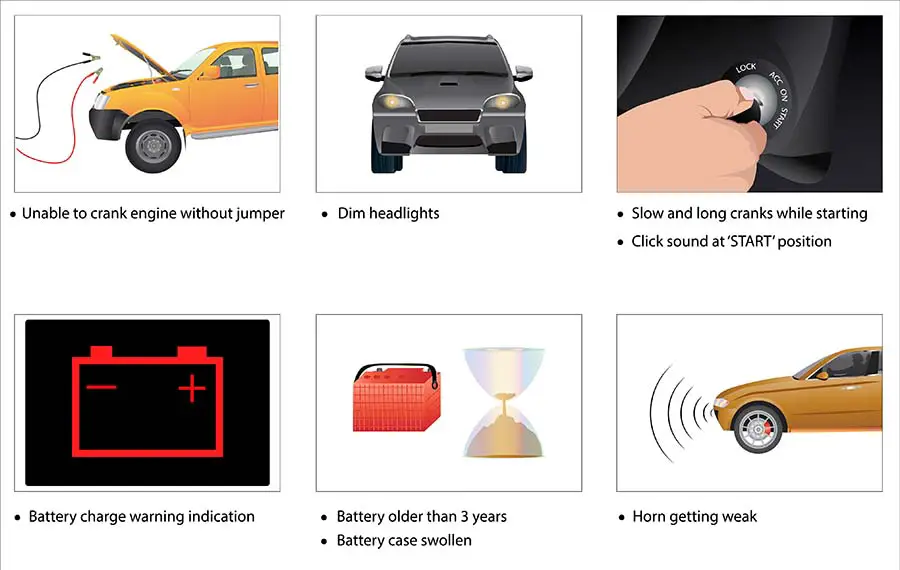
1. Starting Difficulty
Having difficulties starting your automobile is one of the most obvious indicators that your battery may be defective or worn out. The parts of an automobile battery deteriorate and lose efficiency from time to time.
When this occurs, it takes much longer for the alternator to charge it and doesn’t provide enough power to turn over the engine.
2. Light Problems
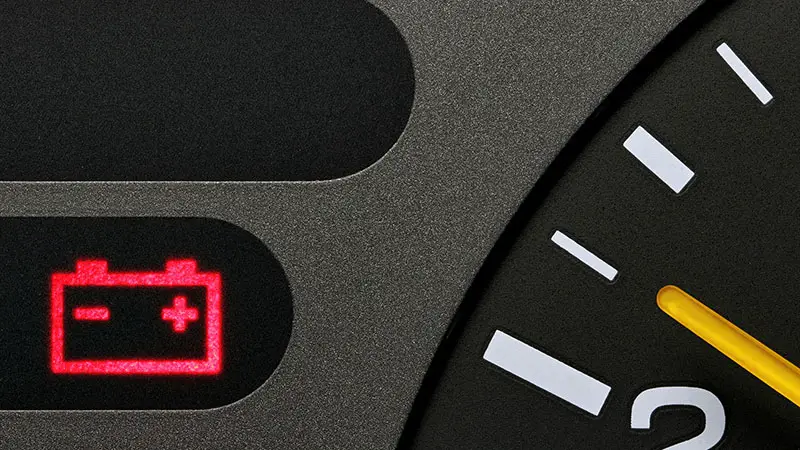
Your check engine light will come on when the system detects something wrong with the automobile. In this case, a flat battery may lead to issues with the engine’s electrical system and trigger the dashboard light.
Besides, any unexpected behavior from the lights, such as dimming headlights or weak interior lights, can also signify the need for a battery replacement.
3. Electrical Fails
A failing battery can cause issues with other electrical components in your car, such as the radio, power windows, or air conditioning. If you notice that these components are not functioning correctly, it could be a sign that the battery is no longer providing enough power to the system.
4. Strange Smell
When you detect a peculiar new stench in your automobile, a defective battery is often to blame. A bad odor resembling rotten eggs shows it is leaking.
Once this part is overcharged, it will create leaking problems, which emits a sulfuric or awful egg smell. In this situation, you need to replace it immediately.
5. Old/Corroded/Swollen/Leaking Battery
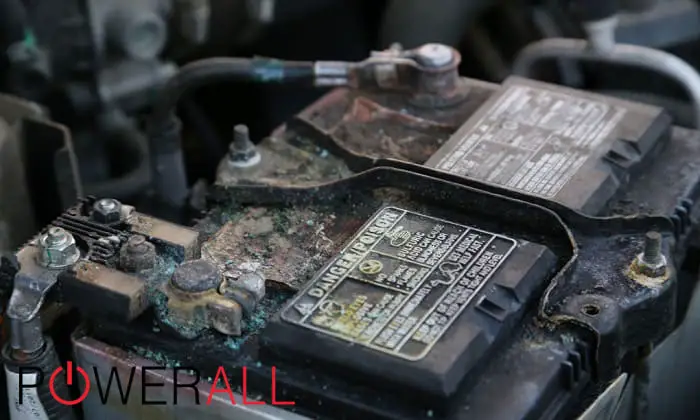
As with any other automobile’s part, this component has its time and will wear down eventually. Once it nears the end of its useful life, a battery replacement is a must.
Suppose you want to know the battery’s age; check the manufacturing date stamped on its body. Other bad battery symptoms, including swelling, leaking, and corrosion issues, also mean a replacement is required.
6. Your Car Is Not Use For Too Long
When a car is not used for an extended period, the battery can lose its charge and become completely discharged, which can shorten its lifespan. Additionally, as this happens, it can also cause the electrolyte to break down, causing internal damage.
7. Car Stalls While Driving
Your automobile may stall while driving for a variety of reasons, such as a faulty coolant sensor, bad alternator, lack of fuel, etc. Let’s say your vehicle is stalling out as it gains speed. In this case, it might be a significant vacuum leak, a blocked fuel filter, or a defective fuel pump.
8. Multiple Jump-Starts Required
Jump-starting places a significant amount of stress on the battery and its components. Each time a battery is jump-started, it loses some of its charge capacity, weakening over time. Also, when it is not fully charged between jump-starts, it can become deeply discharged, causing irreversible damage.
Should you notice your car calls for jump-starting more than 3 times a week, you know it’s time for a new battery!
How To Test Your Battery
To perform a battery testing procedure, you need to prepare a multimeter first. Then, apply the following steps.
Step 1: Turn off the engine and all electronic components, such as the headlights and radio.
Step 2: Open the hood and locate the battery. Use a battery tester, which is set to 15-20 volts, to check the voltage level.
Step 3: Connect the tester to the battery terminals, red to positive and black to negative.
Step 4: Read the voltage on the tester. A fully charged battery should read around 12.6 volts.
Step 5: Suppose the voltage is below 12 volts; charge the battery fully before retesting. In case the voltage remains low, it may be a sign that the battery needs replacing.
Note: During the testing process, you should also check for the battery’s electrolyte levels and further signs of damage, such as cracks or leaks, and have a replacement when needed.
When the test results come out great, but you are still experiencing starting problems, the starter motor or alternator issue might be the one to blame.
How To Change A Dead Battery
Swapping this component is not too complicated. Here is what you need to do.
Step 1: Ensure the engine and all electrical components are turned off. Open the hood and locate the battery.
Step 2: Disconnect the negative cable from the battery first, then detach the positive one using a wrench or pliers. Be sure to avoid touching any metal with the wrench or pliers.
Step 3: Remove the clamps, brackets, or fasteners holding the battery in place. Carefully lift the battery out of the car and place it aside.
Step 4: Clean the battery tray and terminal posts using a wire brush and baking soda solution. This helps prevent corrosion and extends the life of your new battery.
Step 5: Install the new battery in the tray, ensuring it is secure. Connect the positive cable to the battery terminal and then the negative cable. Notice to follow this connecting order.
If not, it can result in sparks, which can be harmful in case there’s a leak or fuel vapors in your engine bay. Once you finish, tighten both cable connections using the wrench or pliers.
Step 6: Turn on the car and make sure all vehicle components are working correctly. Also, dispose of the old battery by taking it to a designated recycling center.
Note: Car batteries contain acid and can be dangerous if handled improperly. Always wear protective gloves and glasses, and follow proper safety precautions. Suppose you are unsure about how to change your car battery; it’s best to seek help from a professional mechanic.
Frequently Asked Questions
At What Percentage Should A Car Battery Be Replaced?
Generally, it is recommended to replace a car battery when it reaches a mark of charge of around 75% or lower. This is because when the percentage is low, the battery will lose its ability to hold a charge and deliver the necessary power to start the engine reliably.
What’s The Average Car Battery Life?
The average battery lifespan is typically around 3-5 years, although this can vary depending on several factors, including the vehicle’s make and model, driving condition, driving habits, etc.
How Can I Lengthen My Battery’s Life Expectancy?
Proper maintenance, such as keeping your battery clean and checking it regularly, can help extend its life. Besides, remember to turn off all electrical parts when not in use and avoid extreme temperatures, as these will save the batteries from being constantly drained.
The Bottom Line
Knowing how to tell if you need a new car battery is crucial in preventing unexpected breakdowns and ensuring your car’s reliable performance. If you notice any of the symptoms we’ve discussed, it’s essential to have your battery tested or replaced as soon as possible.

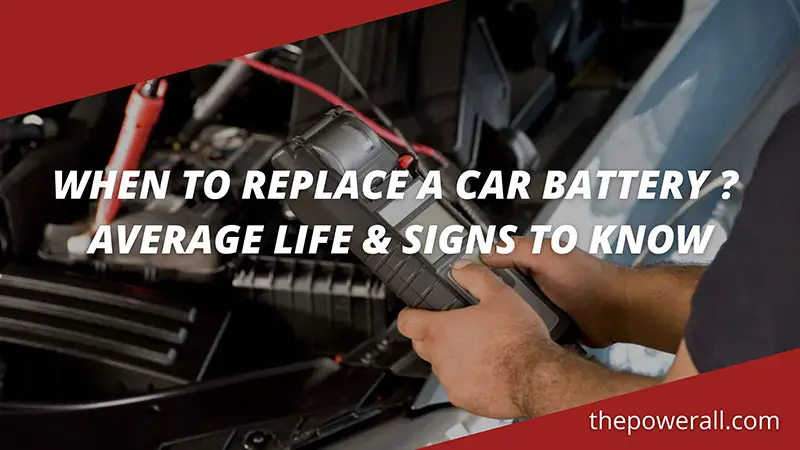





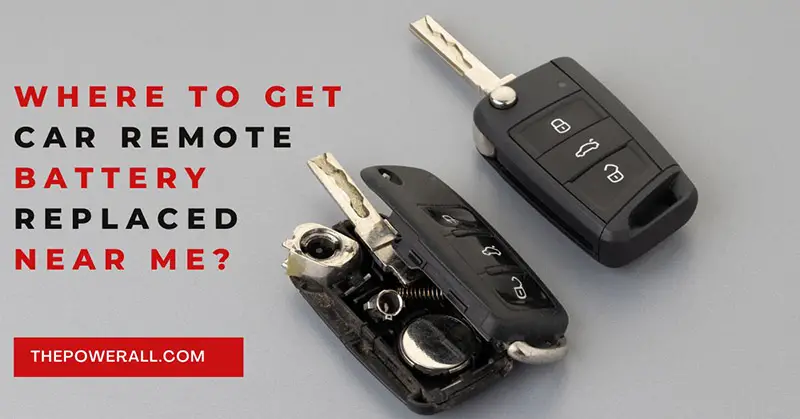
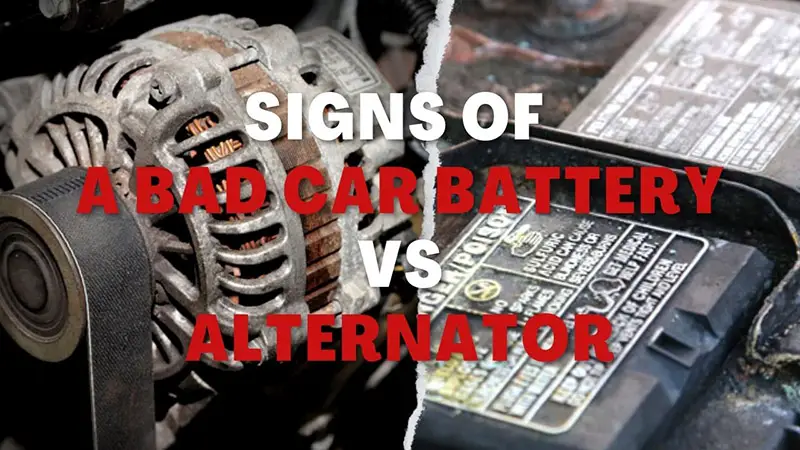

0 Comments